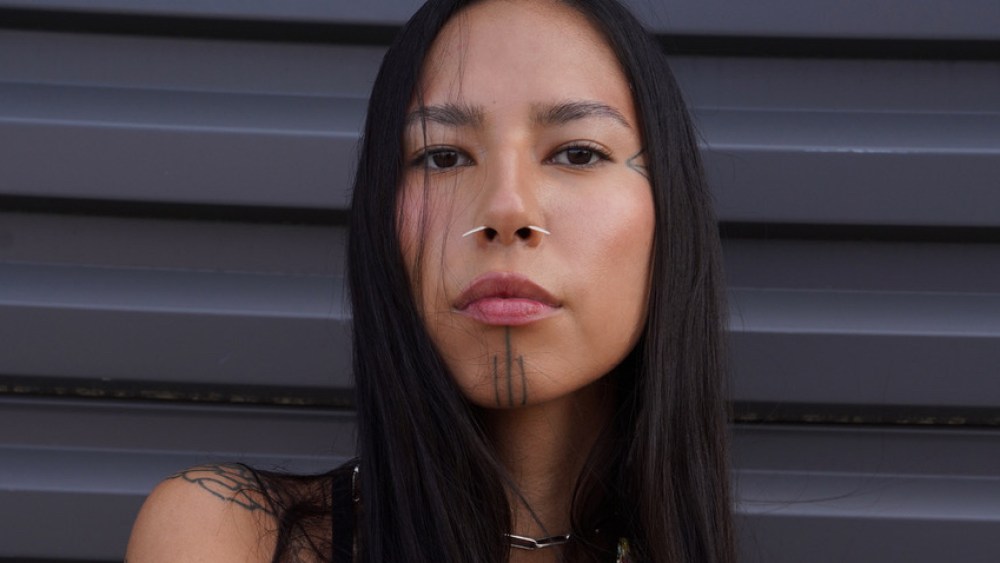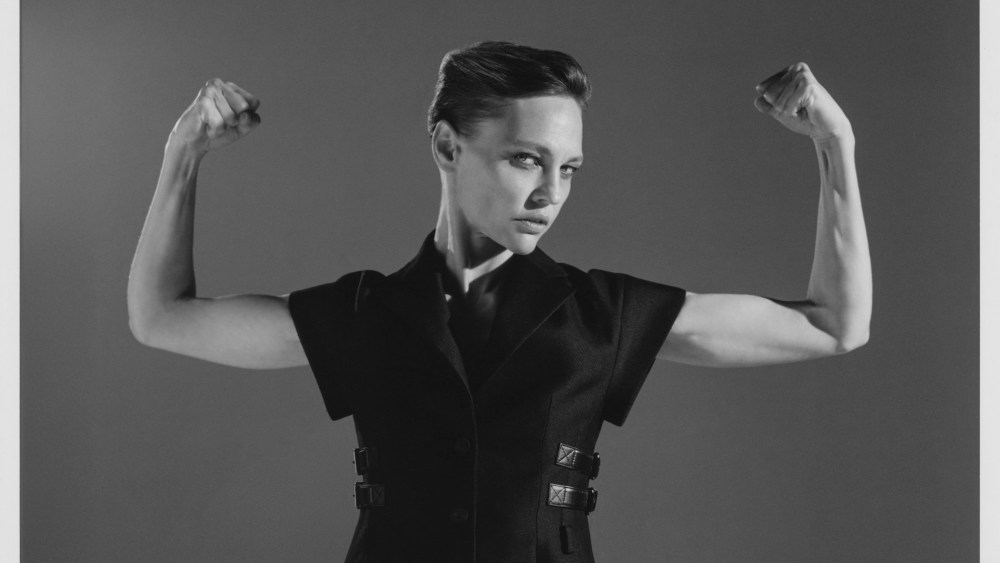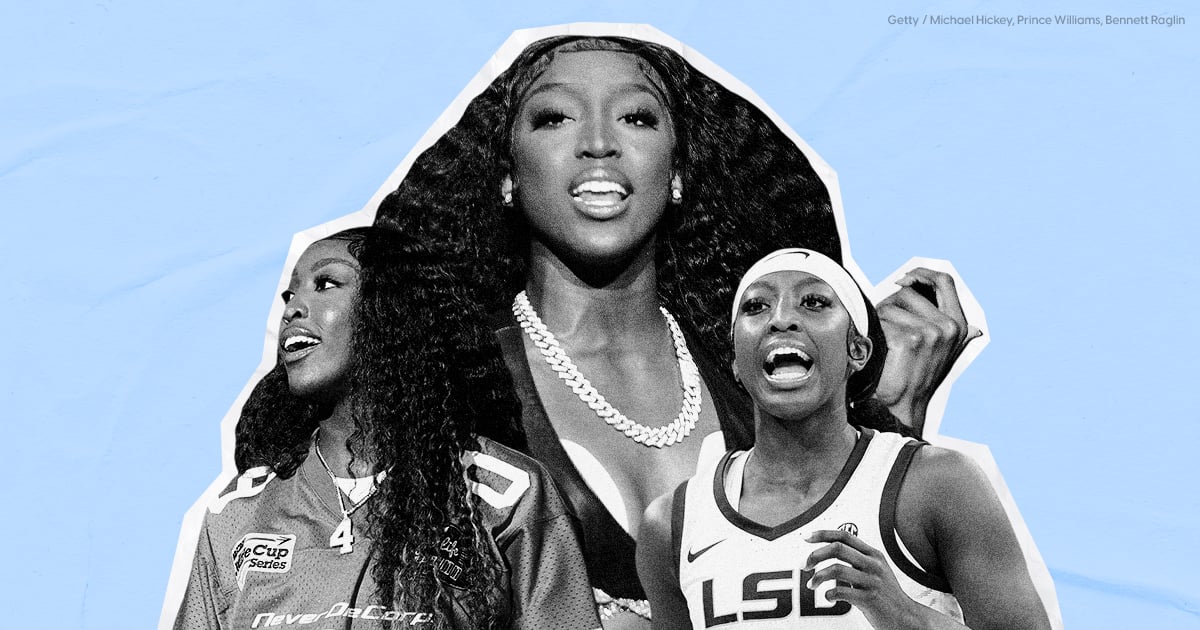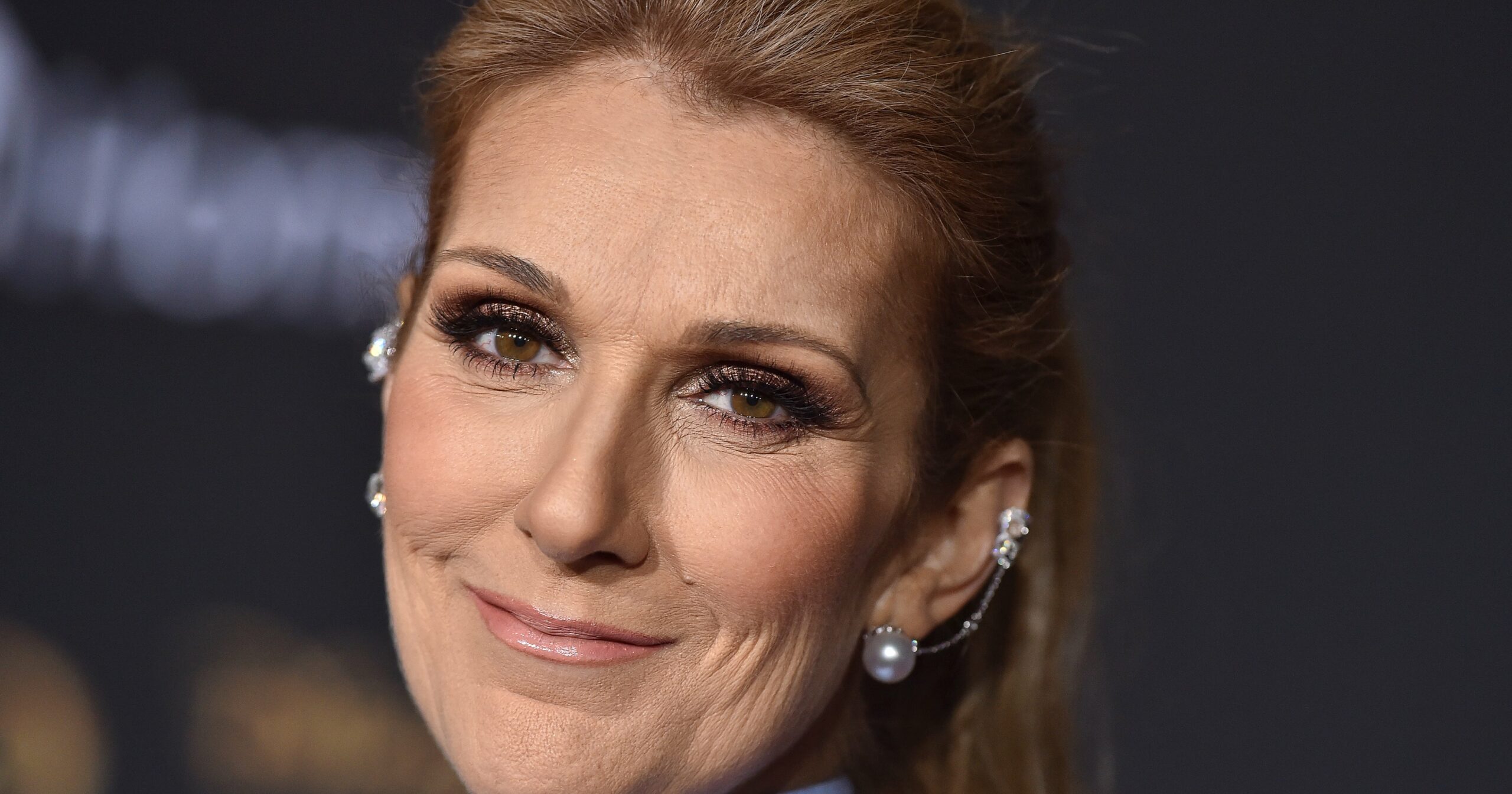Model Quannah Chasinghorse is helping director Mary Mazzio‘s newest documentary “Bad River” reach new audiences. Chasinghorse, who has used her growing fashion presence to support her work as an activist, narrates the documentary along with Edward Norton. The film chronicles the Bad River Band of the Lake Superior Tribe of Chippewa’s fight to protect America’s largest freshwater source from an eroding Line 5 oil pipeline.
“When it comes to advocacy, I’ve been very involved for a very long time, and so I’ve always been aware of many other oil projects that are affecting the indigenous community all over Turtle Island and even beyond,” says Chasinghorse, who’s a member of the Alaskan Hän Gwich’in and Sičangu/Oglala Lakota tribes.

“I know that lived experience, and so [the film] really was an opportunity for me to be in solidarity with other Indigenous people and other tribes that are going through similar things that my people are going through in Alaska,” Chasinghorse adds. “I think this [film] opens up a broader conversation to be able to speak on many other things that are very much connected to the very thing that this film is about, which is the oil and gas industry, specifically Enbridge, trespassing on Native lands.”
You May Also Like
The film highlights the ongoing legal battle over the 70-year-old Line 5 pipeline, which was legally ruled as trespassing on Native land, and broader historical context that has led to the current Indigenous struggle for sovereignty. The story is told through interviews with tribal leaders (Enbridge leadership is interviewed onscreen as well), vérité footage set in the natural landscape, illustrations and narration.
“This film does a great job at not just telling you what’s happening right now, but explaining the history as to why there’s so much environmental racism and discrimination against Native communities, and why we have to fight extra hard to be heard and seen,” Chasinghorse adds. “I myself have learned a lot even through this process and through this film and connecting with other people in community.”

Following the film’s Earth Day premiere on Comcast’s Black Experience on Xfinity, and following theatrical release, the film began streaming on Peacock on Friday, aligned with Native American Heritage Month in November. Chasinghorse appreciates that the accessibility of the film’s streaming availability will allow the film to introduce the conversation to a wider audience. “This is nothing new; it’s something we’ve [Native people] been talking about and something we’re used to hearing and talking about,” she says. “I feel like a lot of people are so far removed from the realities of these crises because it doesn’t directly affect them, which doesn’t make it real for them.”
The film has been supported by celebrities including Mark Ruffalo, Jason Momoa, Channing Tatum and Leonardo DiCaprio, who’ve used their social media platforms to share the project with their followers.
“That kind of support, it truly means so much, because it shows the solidarity that these people have with us,” Chasinghorse says. “I think this industry tends to try to shape what Native Americans are in society, in film, in modeling, in fashion, in every other industry. We’re kind of always told what we should look like, or how we should talk, or what we should do, and what we should stand for,” she adds. “Many of us may live by the same values and share much of the same experiences, but we’re not the same people, and we don’t come from the same places. It makes it more important to share those stories, because if we’re all grouped into one, no one’s going to want to listen to us because it’s just going to be the same story over and over and over again.”

Chasinghorse has been striking a balance between her advocacy work and professional career. She was recently in Ontario for an event with the Six Nations of the Grand River, which followed jobs during New York and Paris Fashion Weeks. In late summer she signed with a new modeling agency, Elite, and is continuing to explore work in the film industry, including a starring role in independent film “Thin Places,” which was written, directed and led by a team of Native women.
“I think films like that, and films like ‘Bad River,’ can really help shape how people see Native Americans,” Chasinghorse says. “It’s really exciting to see more and more Native people being seen and uplifted, and having the opportunity to share these stories.”




